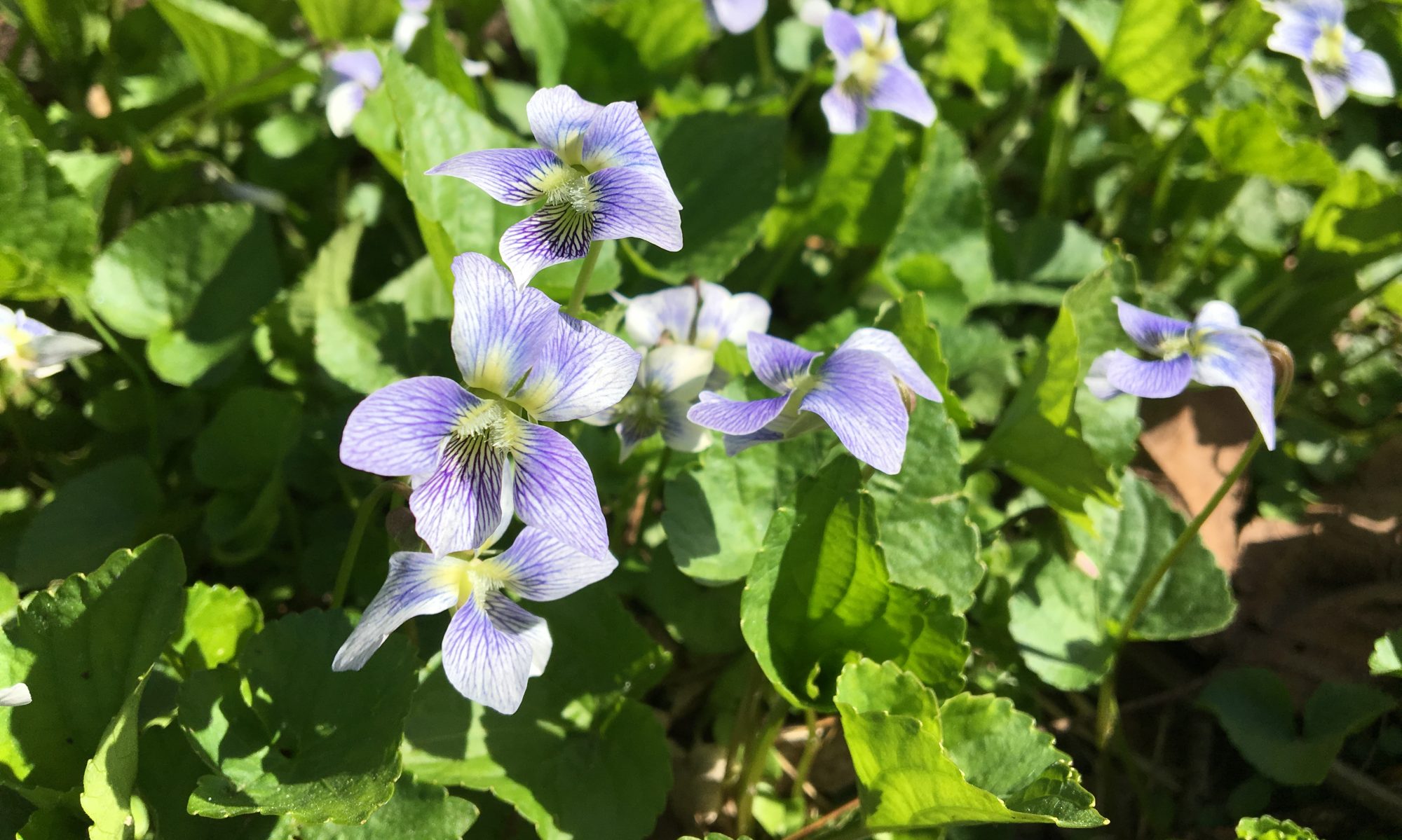What to Do in the Garden in April
In the Edible Garden
• Erect climbing material for vining crops like peas, pole beans, gourds and cucumbers.
• Add compost to soil.
• Plant fruit trees, grapes, raspberries and blackberries.
In the Ornamental Garden
• Place stakes around plants now so plants can grow through stakes. The cheap green tomato cages sold in most garden centers work well to support many plants.
• Divide perennials when they resume growth. Divide poppies, peonies and iris in late summer to early fall. 4-inch diameter sections work best. Rake back mulch around roses Continue reading “Horticultural Report – April 2014”
Horticultural Report – March 2014
The Ornamental Garden:
• Prune woody plants to remove any dead, weak, diseased or crossing branches.
• Trim back Russian Sage and Butterfly Bushes to a height of 6” – 8”.
• Prune yews (Taxus) in late March. Continue reading “Horticultural Report – March 2014”
November Horticulture Report
The Ornamental Garden:
- Plant spring-flowering bulbs as long as the ground is not frozen.
- Protect evergreen trees and shrubs with an additional watering this month.
- Prune deciduous shrubs and trees. Once leaves have fallen it is much easier to see the Continue reading “November Horticulture Report”
October 2013 Horticulture Report
In the Ornamental Garden:
- Rake up leaves, twigs from crabapple trees to reduce apple scab.
- Dig up dahlia bulbs after a hard frost. Cut back the tops. Dry in warm sun for 2 days and brush off the soil. Dust with a fungicide and store in vermiculite.
- Lift and harvest tender bulbs and corms such as cannas, caladiums, gladiolas, and Continue reading “October 2013 Horticulture Report”
What to do in Your Garden in September: Zone 5
In the Ornamental Garden
- Divide perennials. Dig up the plant; cut it into sections; plant and water. Keep well watered for first several weeks after transplanting.
- Plant perennials. They need 3 to 4 weeks of mild weather in order to become established before winter.
- Plant trees and shrubs. But wait until spring to plant the following because they are susceptible to winter damage: dogwood, tulip tree, sweet gum, red maple, birch, hawthorn, cherries, plums and many oaks. Continue reading “What to do in Your Garden in September: Zone 5”
What To Do In Your GARDEN IN SEPTEMBER: ZONE 5
By Laura Christensen 9/5/13
In the Ornamental Garden
- Divide perennials. Dig up the plant; cut it into sections; plant and water. Keep well watered for first several weeks after transplanting.
- Plant perennials. They need 3 to 4 weeks of mild weather in order to become established before winter.
- Plant trees and shrubs. But wait until spring to plant the following because they are susceptible to winter damage: dogwood, tulip tree, sweet gum, red maple, birch, hawthorn, cherries, plums and many oaks.
- Purchase spring-flowering bulbs. Larger bulbs will give you larger flowers. Choose firm bulbs with crisp paper casings with no mold.
- Seed bare spots in the lawn in early September.
- Give your lawn a fall turf feeding. Use a fertilizer where the nitrogen is mostly water insoluble or controlled release. This application will provide stronger and healthier growth next spring.
- Watch for multicolored Asian lady beetles to enter the home as temperatures cool. To keep them out, caulk and seal any visible cracks and spaces around the exterior of the home. Indoors vacuum the beetles up and discard the bag. They will not reproduce indoors. Do not crush the beetles because they will stain surfaces.
- Plant pansies, mums, ornamental cabbages and kale as weather cools.
- Stop fertilizing flowers.
- Start fall clean-up in the flower beds, cutting back anything that has finished blooming or is diseased.
- Take cuttings to overwinter indoors (coleus, etc.)
- The best time to plant spring bulbs in zone 5 is when the soil has cooled to about 55 degrees, which is usually the month of October. Bulbs need cool soil to make roots before the onset of winter. You have about 8 weeks to plant after the first frost, as long as the ground is not frozen, you can still plant bulbs.
In the Edible Garden
- Dig up and repot herbs for growing inside during the winter.
- Plant lettuce, radishes and spinach for a fall harvest.
In the Indoor Garden
- Bring house plants indoors before nighttime temperatures drop below 55 degrees. Inspect the plants for insects and any diseases. Isolate them from other house plants for 2-3 weeks. Repot plants if necessary. Expose plants gradually to reduced lighting. Bringing plants from bright light to reduced light will cause leaves to drop, but new leaves will form after plants adapt to lower light.
- Force spring-flowering bulbs indoors for holiday blooms.
- Wash windows so indoor plants will receive maximum light during winter.
